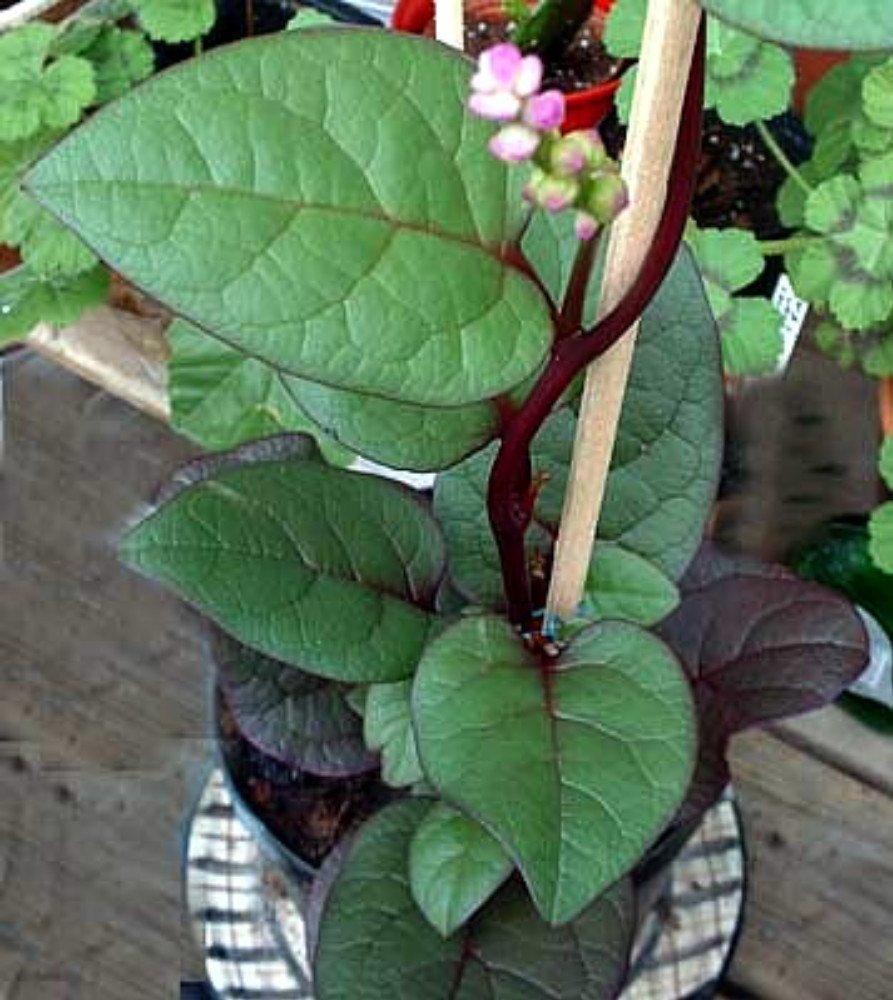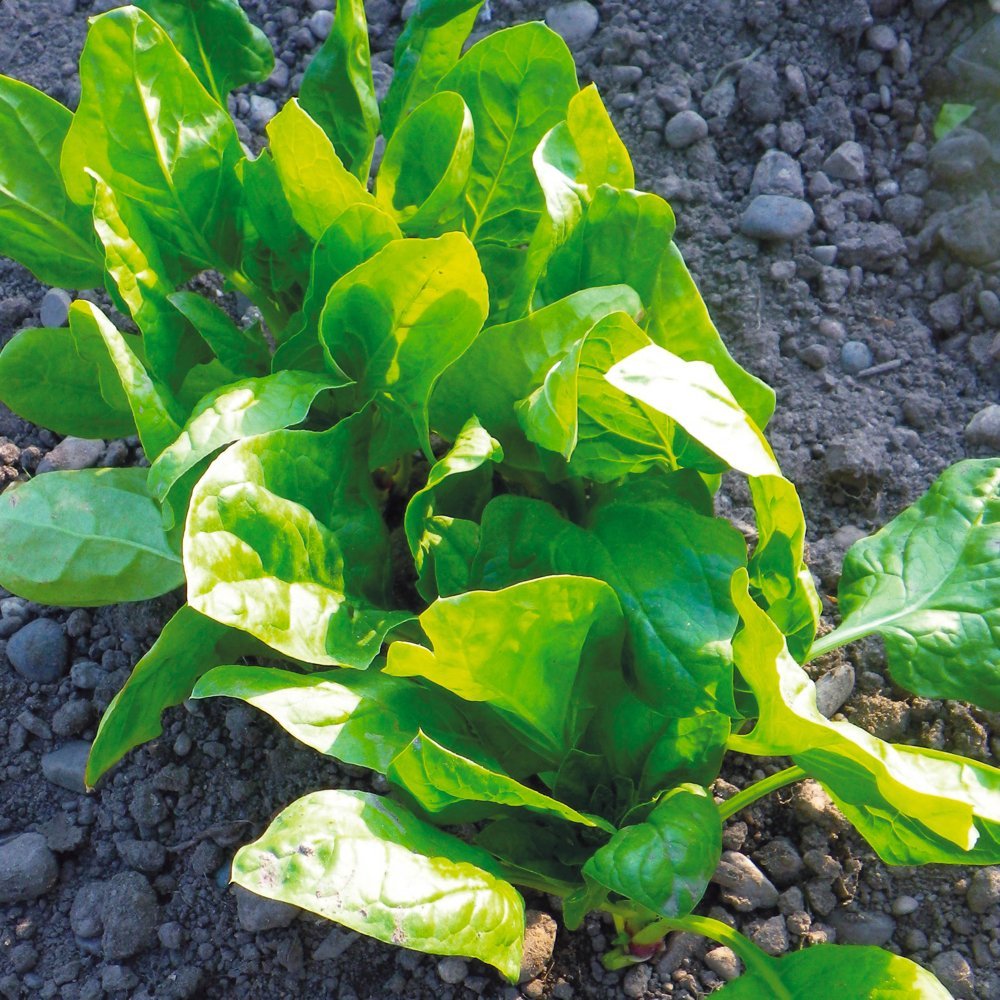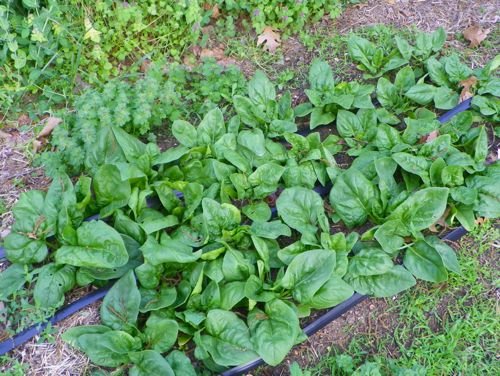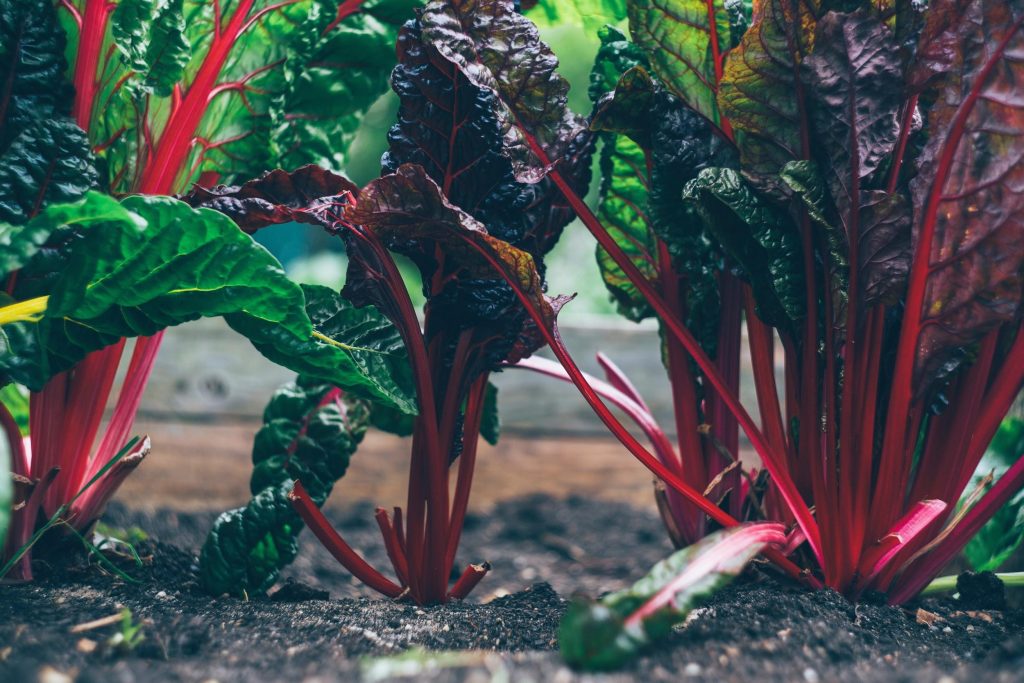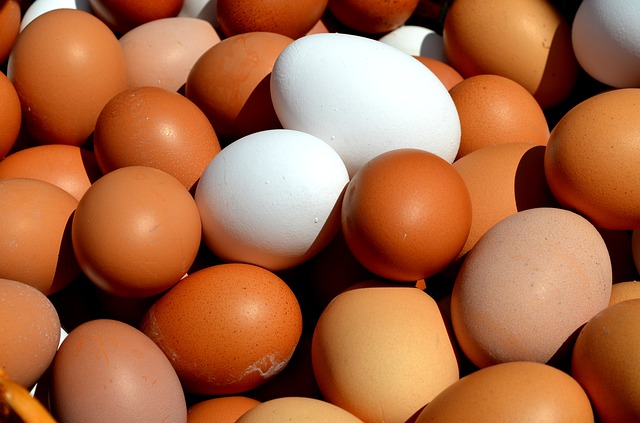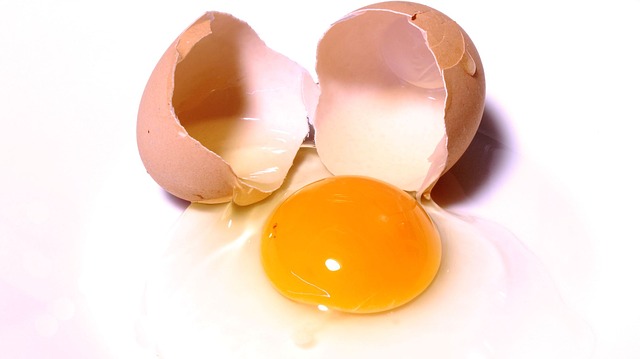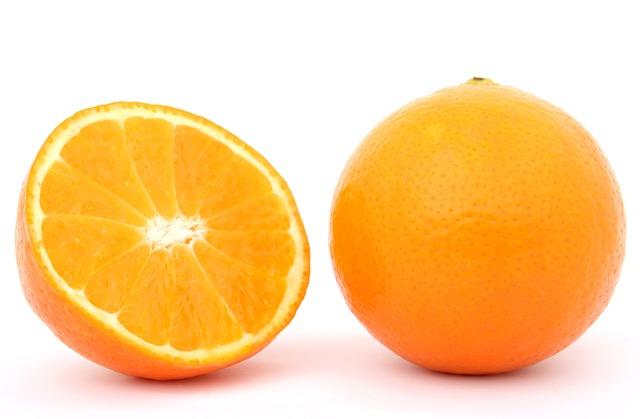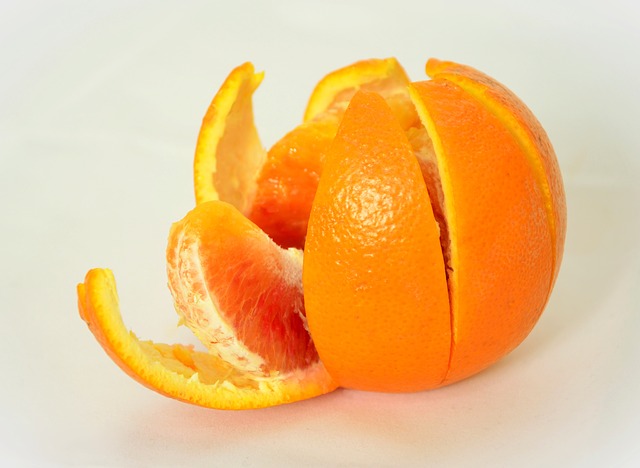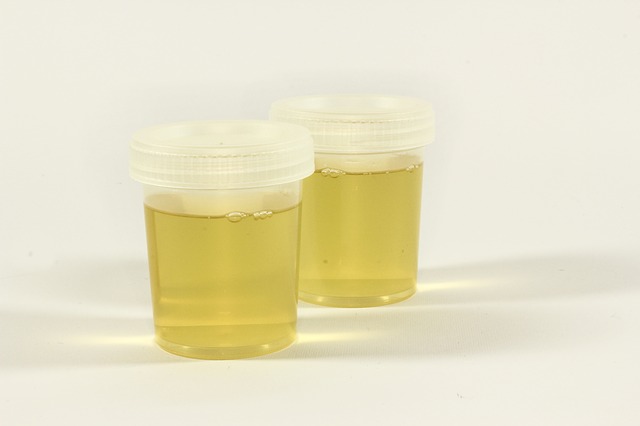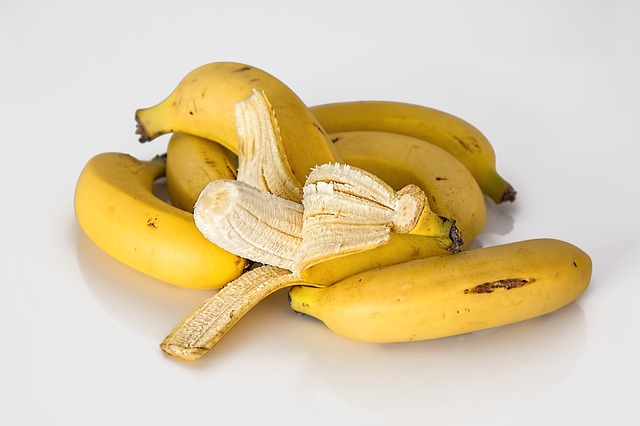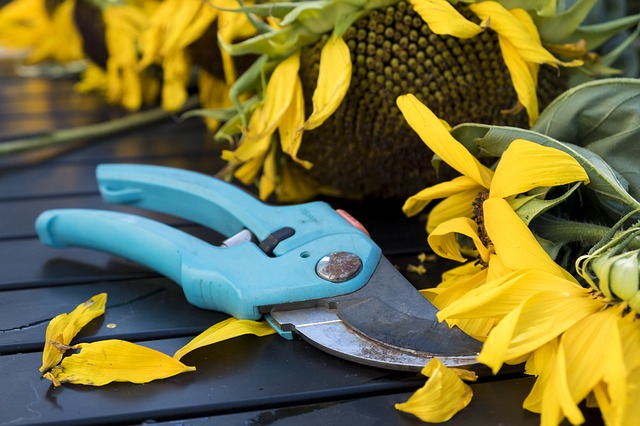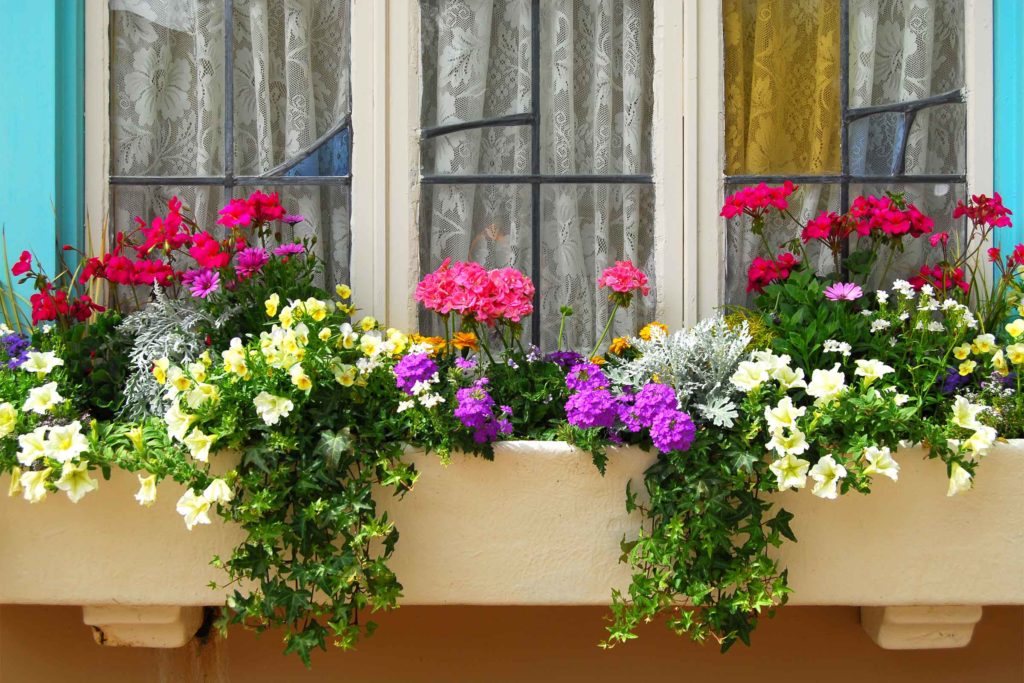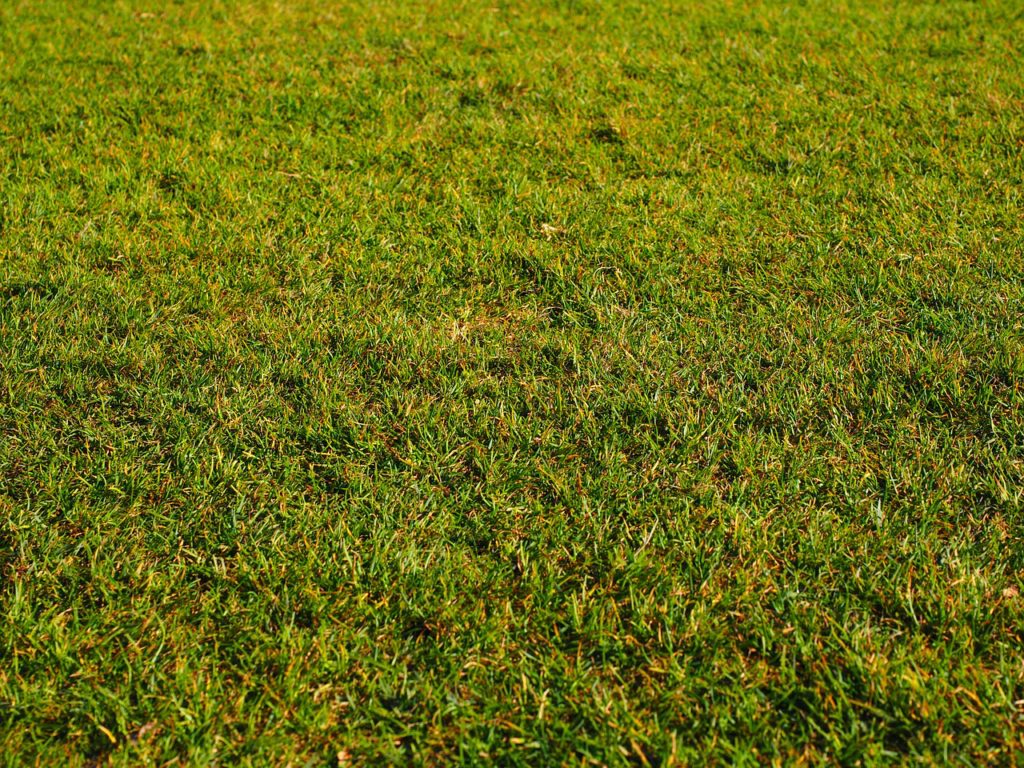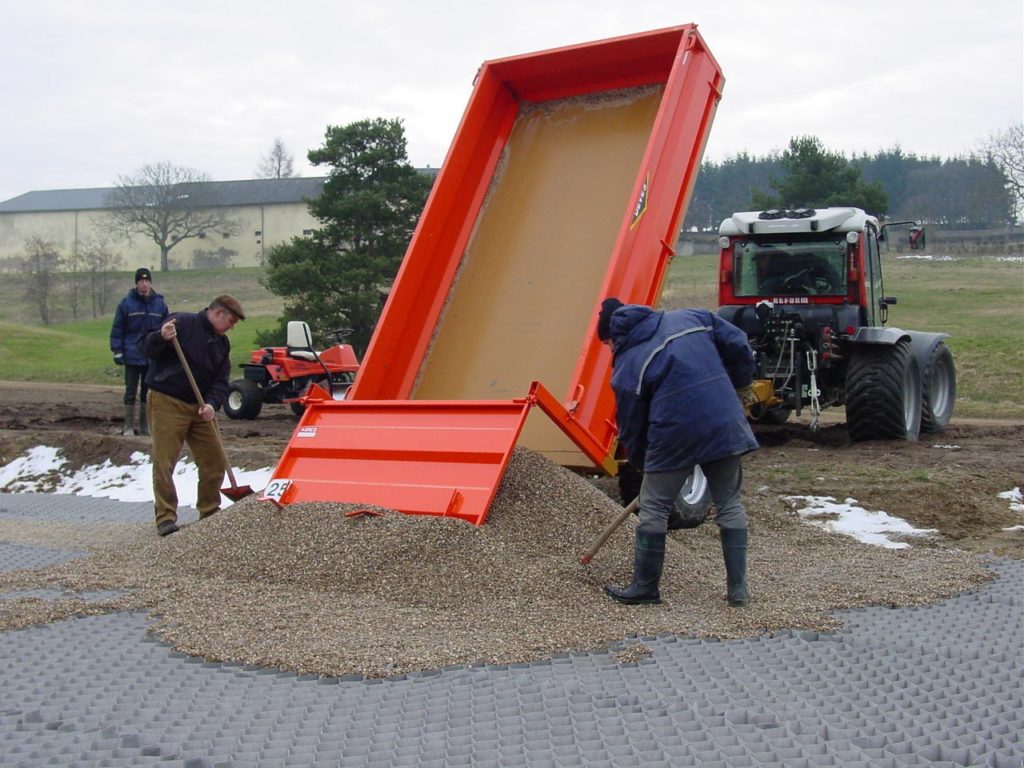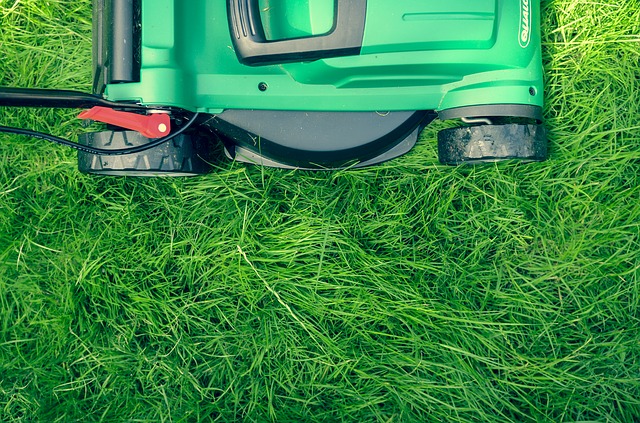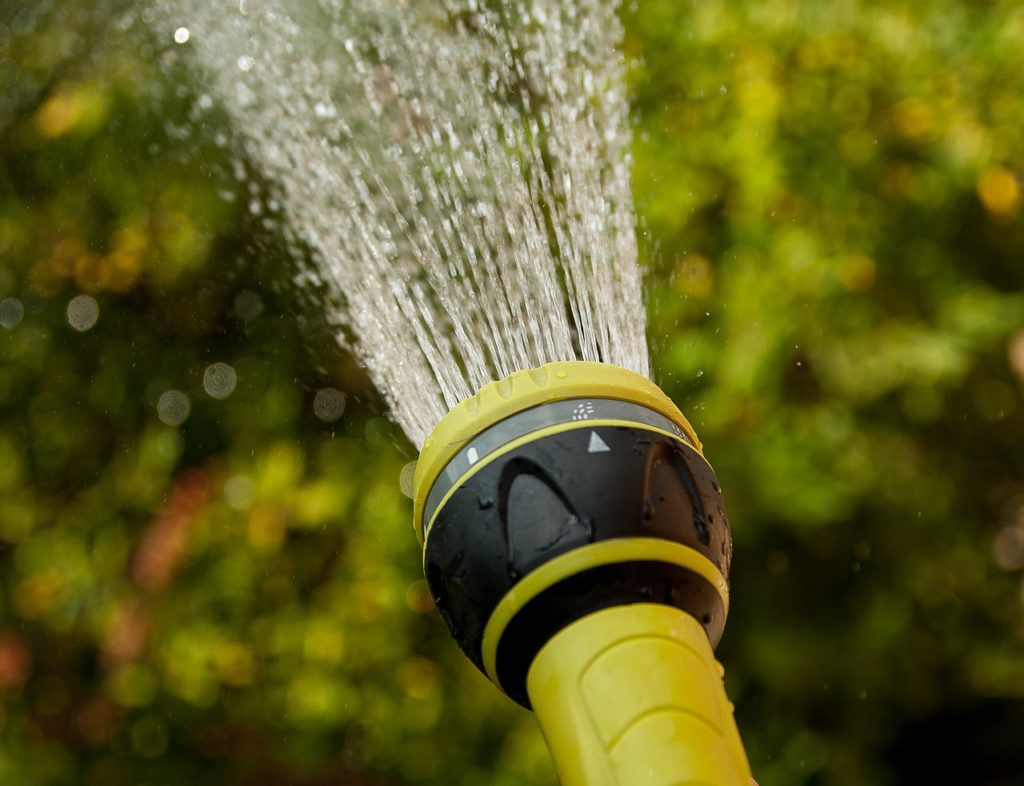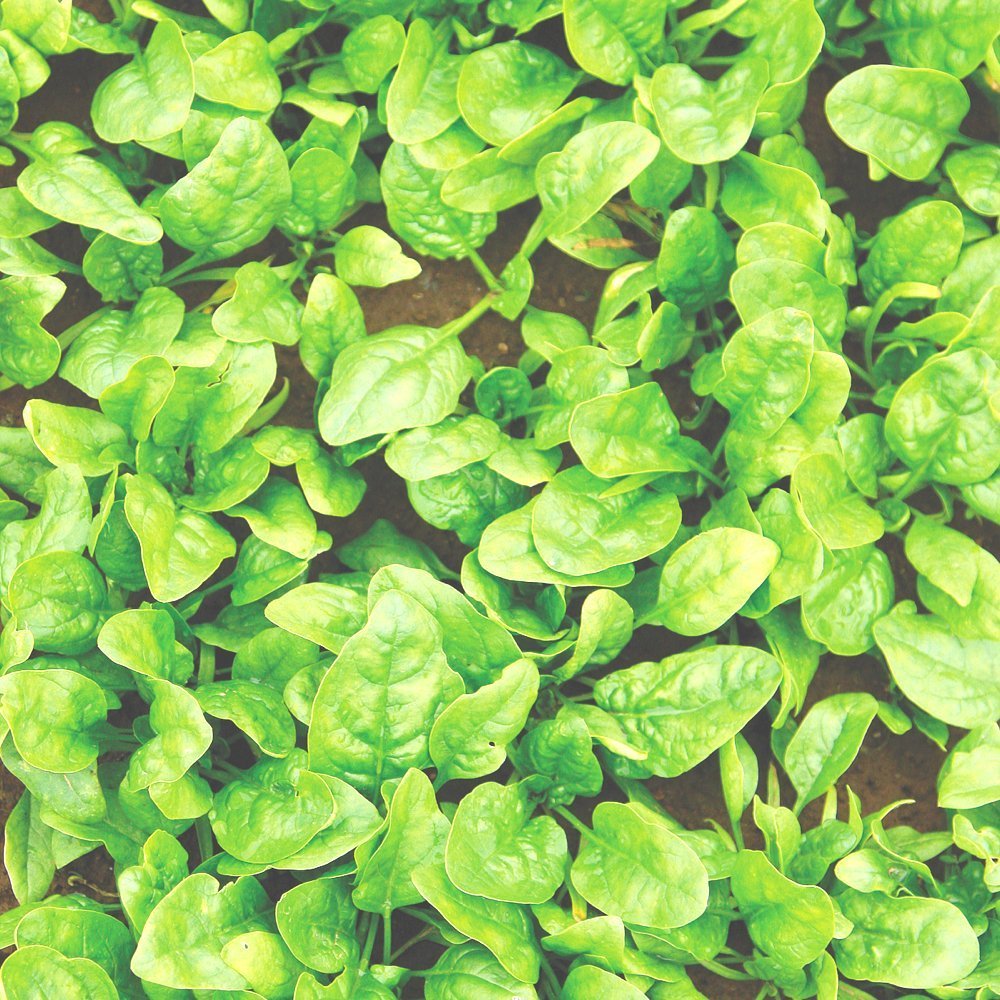
Spinach is an amazing leafy vegetable that is loaded with nutrients and many health benefits. While you can buy it from the supermarket, fresh, homegrown spinach, however, is the best option for a healthier lifestyle. Organic spinach is more nutrient-rich, tastes better and when it’s grown at home can save you time and cash.
The Main Health Benefits of Spinach
This vegetable has many benefits that you can enjoy from consuming it such as:
- It helps with diabetes management by increasing insulin sensitivity because it contains the antioxidant alpha-lipoic acid.
- Spinach has chlorophyll that has been suggested to help prevent cancer by effectively blocking carcinogens.
- It can help to prevent asthma since it has beta-carotene.
- Helping to lower your blood pressure.
- Preventing constipation and helping to balance the digestive system because it’s high in fiber.
- It is also high in vitamin A and vitamin C content making it fantastic for your skin and hair.
Not As Hard As You Might Think
Growing spinach is not as difficult as you might believe. It happens to be a quick grower so you can often enjoy a good yield in a short amount of time. Spinach prefers cool weather and usually grows well in organic soil during the spring and fall. However, some varieties can grow in the summer too, but it’s necessary to plant them under shade to avoid direct contact with sunlight.
Steps For Success
There are a few easy steps you’ll need to follow before you can enjoy your spinach at home:
1. Choosing the Perfect Place
The first and most crucial step is to choose the perfect place to grow. You’ll want to pick soil that is rich in organic matter and has a pH of 6.5 to 7. Be warned that soil which is too acidic is not suitable for growing this vegetable.
2. Planting Spinach
Plant the spinach in rows, with a distance of 12-inches between them. You should sow the seeds 0.5 inches deep every 6-inches along the rows. Also, cover this with 0.5-inches of fine mulch. Using a weed barrier helps spinach to grow nicely.
When planting seeds in the spring and summer, you’ll want to mix 2-3 lbs of alfalfa meal per 100 square feet into the soil you will be using. Alternatively, if you’ll be planting in the fall, mixing 1 lb of fish meal or some other animal-based nitrogen content into the soil would be a good idea.
3. Watering
Proper watering plays a crucial role if you want to be able to enjoy homegrown spinach. While other types of plants only need the soil to be watered, with spinach you’ll need to make sure that you water the leaves too.
Consistency is key with your watering because this leafy vegetable demands moist soil to grow properly. An efficient way to water it is from above, using a watering can, that way the leaves remain hydrated and the soil will stay damp.
4. Fertilizing
When considering fertilizers you will need to check the amount of nitrogen, phosphate, and potassium present in them. Nitrogen-rich fertilizers are the best choice for growing spinach. Using balanced fertilizers also can work well though too. Add the one you choose to the soil before planting so that the fertilizer breaks down a bit. After that, a water-soluble fertilizer should be used every two weeks so that the plant grows well.
5. Harvesting Spinach
When can you harvest your plants? Well, spinach can be picked when you see that the leaves have grown big enough to eat. It’s recommended that you cut off the outer leaves first which are larger and older and leave the remaining leaves on the plant to grow to size. Doing this will help to prevent bolting or flowering. If you see the plant starting to bolt, you can harvest the entire plant.
A Few Extra Tips
Below are a few important tips that can help you out:
- Cut old leaves off, when they start turning yellow.
- The best time for you to harvest your crop is during a frost because when exposed to cold, the spinach leaves start producing sugars that taste great.
- To protect the plant from snow, use frames or tunnels.
With the above info, you can get started growing and eating healthy foods. Whether for your kitchen garden, rooftop, terrace, or backyard vegetable patch spinach makes a great choice that anyone can grow.
Start Shopping for Spinach Seeds!
The Best Places To Find Free Composting Materials
Many people are interested in composting but feel like they don’t have access to enough organic materials. Luckily there are a range of places you can find free composting materials to get started or make your current pile bigger. Here are some of the best and easiest...
4 Steps to Get Your Garden Ready for Spring
After being cooped up all winter, you may be dreaming about harvesting from a lush summer garden. But before you get there, there’s a lot of work to be done to get the garden ready. Spring garden prep can be intimidating, especially if your garden beds have been left...
What Not To Compost
Composting has many excellent benefits. It allows you to recycle organic material which can then be used to help to enhance your soil. And of course, it’s an environmentally friendly way to reduce trash. But before you get started you’ll need to know what not to...
How To Build A Vegetable Garden That Is Both Tasty And Attractive
A healthy vegetable garden can provide you with hours of stress-busting, mental health-boosting fun and give you and your family healthy, organic produce to eat for months. If you have even a few square feet of yard space, planting a vegetable garden is easy and...
Using Eggs Shells In The Compost
There are many food scraps that people use in their compost. However, there is one that is often overlooked. Using egg shells in compost is not just a great way to help reduce waste but also boosts the nutrient content of the soil you are creating for your plants....
Using Egg Shells In The Garden
Once you learn how you can use egg shells in the garden you won’t just think about eggs solely as food. Their shells are a free way to add to the health of your soil and plants, but they also have quite a few other helpful benefits as well. Here are the best ways to...
Using Orange Peels In The Garden
Oranges are a healthy snack and ingredient but you’re most likely wasting one of the most beneficial parts, the peel. While we can’t eat them, using orange peels in the garden has many surprising advantages. Here are the top ways you can put your peels to work....
Can You Compost Orange Peels?
If you’ve ever wondered, "can you compost orange peels?" the answer is yes. Although there are a few things you should know when doing so. So here’s your fast guide! Composting Basics When composting, you’ll need to include a mix of both carbon and nitrogen-rich...
Using Urine As Fertilizer
While urine is waste, it also contains nutrients that our bodies can’t use. But your garden can! Using urine as fertilizer is free and as organic as it gets! Here’s what you’ll need to know when thinking about using it. There have actually been multiple studies that...
The Urine-Compost Connection
Composting is all about re-using organic materials. And like the majority of us, you probably have been flushing away one of the most natural ways of all to condition your compost. By adding urine compost can be given a huge boost and that is passed on to whatever...
Using Banana Peels In Compost
Can you put banana peels in compost? You bet you can! While bananas offer us some extremely important nutritional benefits that help us to stay healthy, their peels can be used to add to the health of your compost pile as well. Bananas are one of the most popular...
Using Banana Peels In The Garden
Bananas are both delicious and healthy. And you may have wondered after finishing your morning shake or afternoon snack whether those peels you’ve been throwing away for years could be used for other things. What can you do with banana peels? It turns out quite a lot,...
Common Gardening Injuries And How to Avoid Them
While gardening isn’t necessarily the most dangerous pastime one can think of, injuries do occur. Recent data suggests that in the US alone, over 300,000 gardening injuries occur annually. So whether you are a seasoned gardener or are just beginning, it’s important to...
Just Moved? How To Safely Transport Your Plants Into Your New Garden
It can take years of planting and care to create a magnificent garden. That’s why the prospect of relocating or moving houses can induce anxiety in gardeners. Whether you plant ornamentals, or if you grow your own vegetables, having to start over can be a daunting...
Filling Those Window Boxes: Flower Species That Thrive With Container Gardening
Those traditional window boxes overflowing with flowers may remind you of summer cottages or childhood dreams. This particular feature is one that you want at your home all year-round. Container gardening for window boxes takes a certain flair for picking out the...
Why You’ll Want To Revamp Your Garden with Artificial Grass
Installing an artificial lawn is an easy and attractive way to improve and revamp your garden. This is because an artificial lawn is like a real lawn, only much better! Artificial grass has been developed to such a high-quality standard that it looks and feels as...
The Best Grass Types For Creating A Drought Tolerant Lawn
Many of us live in dry and arid places. There are many locations around the world that unfortunately for your lawn don’t get much rain throughout the year. For people who live in these places, a green, healthy-looking lawn can seem impossible to have and maintain....
Garden Drainage: How to Avoid a Waterlogged Garden & Patio
Many locations around the world get a lot of rain. With an average of 33 inches of rain per year, this is especially true in the U.K. where it is rare for a day to pass that it is not raining somewhere. Regardless of where you live this can lead to problems with...
Easy Lawn Care? Experts Say It’s Possible With These Tips!
There's no way around it: If you want a lush lawn, you have to work for it. That entails putting in a lot of time, effort, and yes, money. And even if you are hiring experts in lawn care, you will still need to shoulder some of the responsibilities involved. That does...
Water-Wise Landscaping: Avoid Cultivating These Types Of Plants
Water is one of the primary needs of all plants. They need to receive the right amount of hydration to grow and thrive properly. You can ensure your plants get the hydration they need by watering them regularly using a garden hose or watering can, or by having a...
